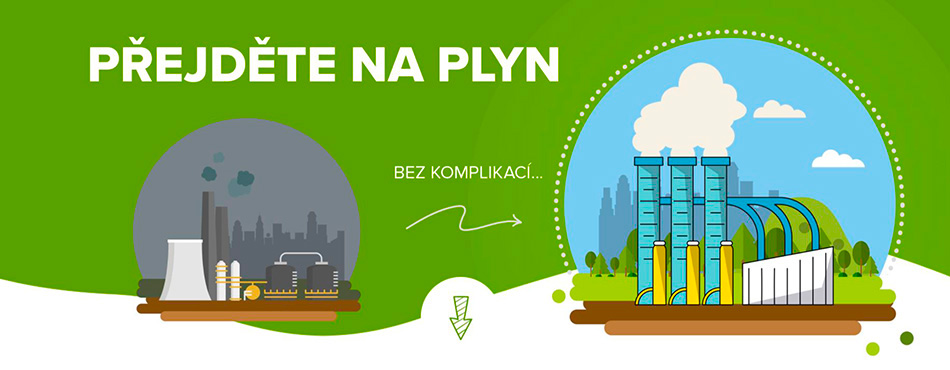4/2021
INFORMATIVE ARTICLES
- Biomethane and Its Potential and Utilisation in the Gas Industry
- Reducing Methane Emissions: Technology, Costs, and Legislative Measures
- Environmental Protection in the Construction of High-pressure Gas Pipelines
- Sustainability: It Is the Future for GasNet
- The Slovak Gas Industry is Making Preparations for the Hydrogen Future
- ‘FIT FOR 55’ from the Perspective of the Gas Industry
- Innovation of Natural Gas Preheating and Substitute Power Supply Sources in EG.D
- Rollout of Hydrogen Filling Stations in the Czech Republic
- ‘Living Islands’ Help to Support Biodiversity around Underground Gas Storage Facilities
- NET4GAS distributes CZK 50,000 to Prague University of Chemistry and Technology Students in Merit Scholarships
- Lighting Gas Lamps in Javorník
- Companies Can Benefit Now from Investing in Their Own Energy Generation Systems
- History of Gas Use: Transport
- Other Periodicals...
- In Brief…
- Gas Motoring
THE CGA‘S ACTIVITIES
- The Autumn Gas Conference 2021
- The Plan of the Development of Normative Documents for 2022; and a Change in the Position of the Head of Technical Department
- The Board Congratulates
TECHNICAL ARTICLES
LNG Deliveries and Their GHG Emissions
Michal Kocůrek
Summary: Methane leakages significantly contribute to emissions of greenhouse gases related to natural gas production and transport from the production wellhead to the final consumer burner tip. In addition, satellite imaging is revealing a much larger extent of methane emissions than indicated by earlier estimates and measurements. Compared with carbon dioxide, methane has a many times greater global warming potential (GWP). Nevertheless, methane release into the air, which occurs within the gas industry, can be relatively easily reduced using the currently available technology. A good motivation for reducing methane leakages is the currently high price of natural gas, and also, progressively, customers’ disinterest in fuels having a high emission footprint.
Key words: LNG, greenhouse gas emissions, methane leakages, global warming potential
Coal Phase-out: What Will Replace Coal and with What Emissions?
Matěj Hrubý
Summary: Coal has long been one of the pillars of the Czech energy sector. The importance of coal is also visible in 2021, when it accounted for 38% of electricity generation (15.8 TWh) in the first half of the year. In spite of that, coal burning is expected to be phased out in the Czech Republic by around 2030. The contribution describes, inter alia, the impact of coal burning phase-out on the production of CO2 emissions and discusses the options for replacing coal as a fuel. Together with RES, natural gas appears to be the natural replacement. Despite its fossil nature, natural gas is able to reduce CO2 emissions significantly and to help decarbonise the Czech electricity and heat supply industries.
Key words: CO2 emissions, coal, natural gas, phase-out, electricity generation, Czech Republic





